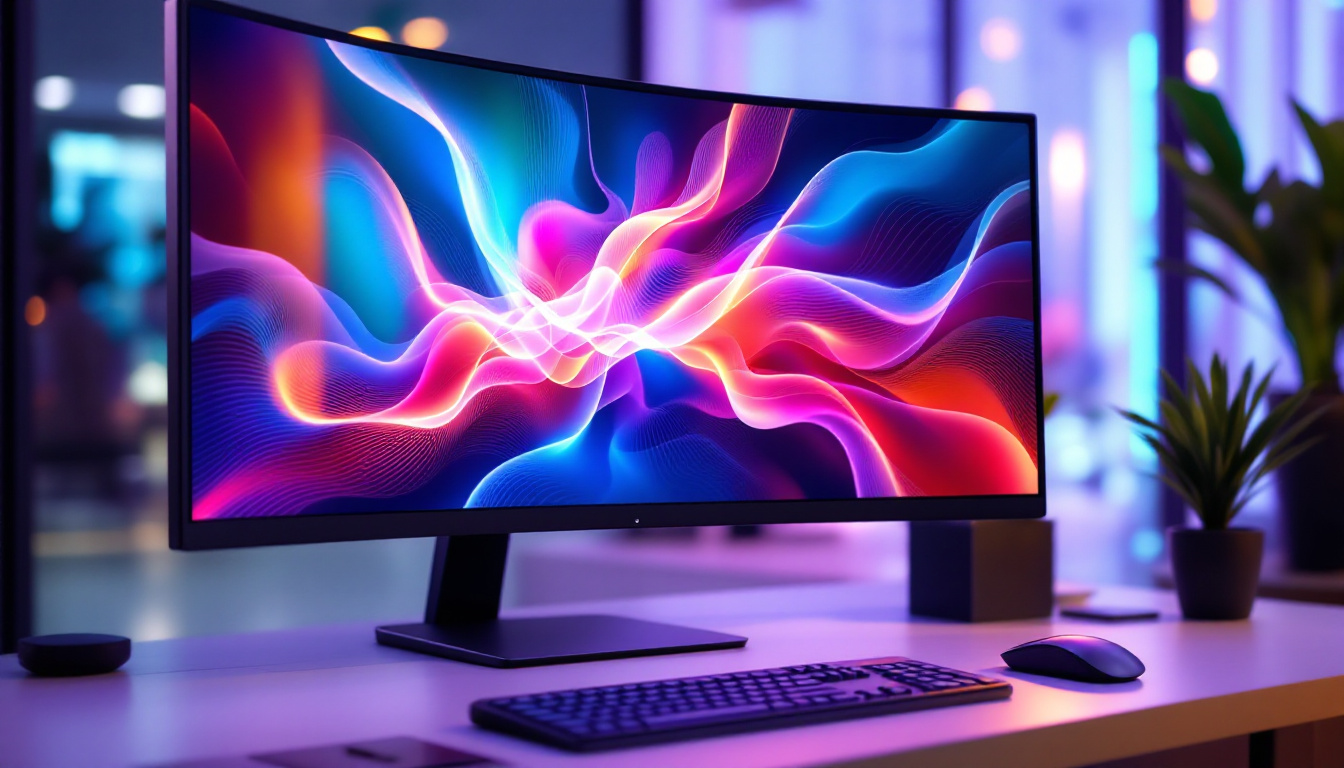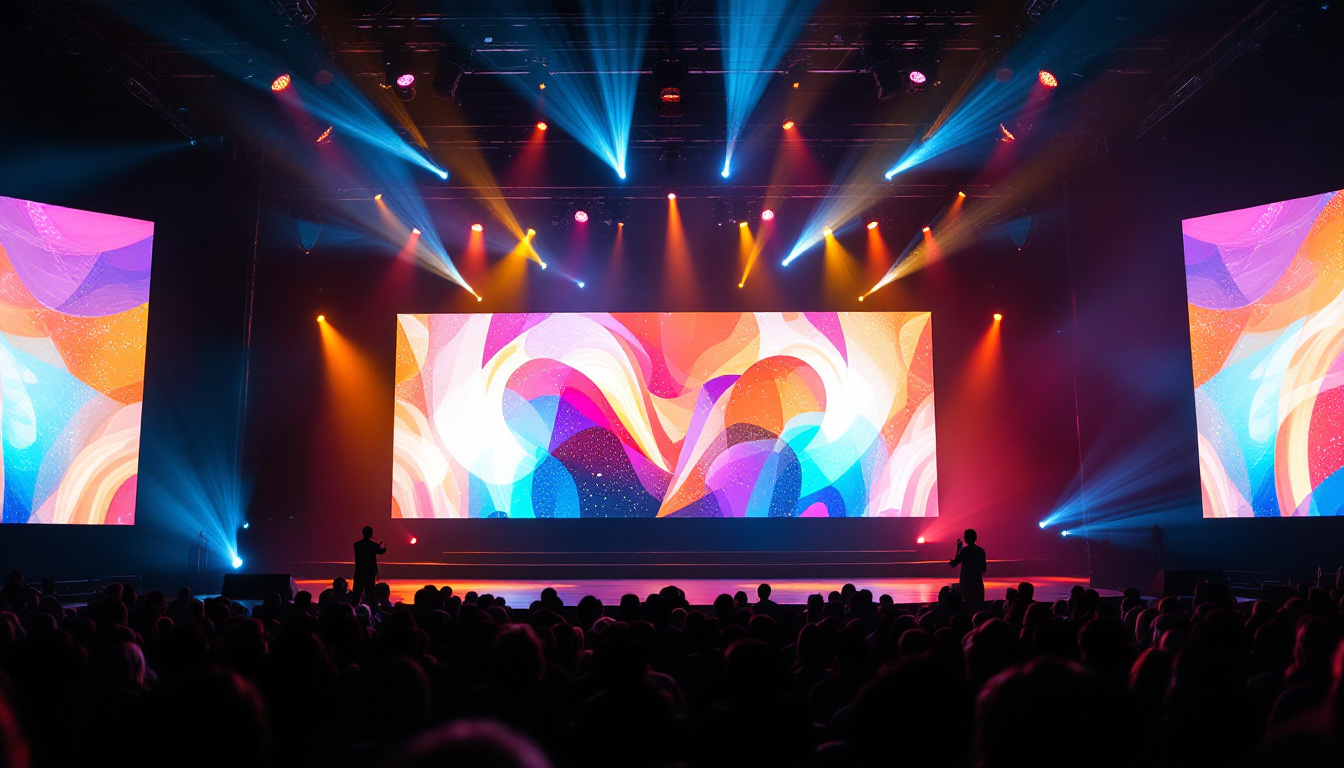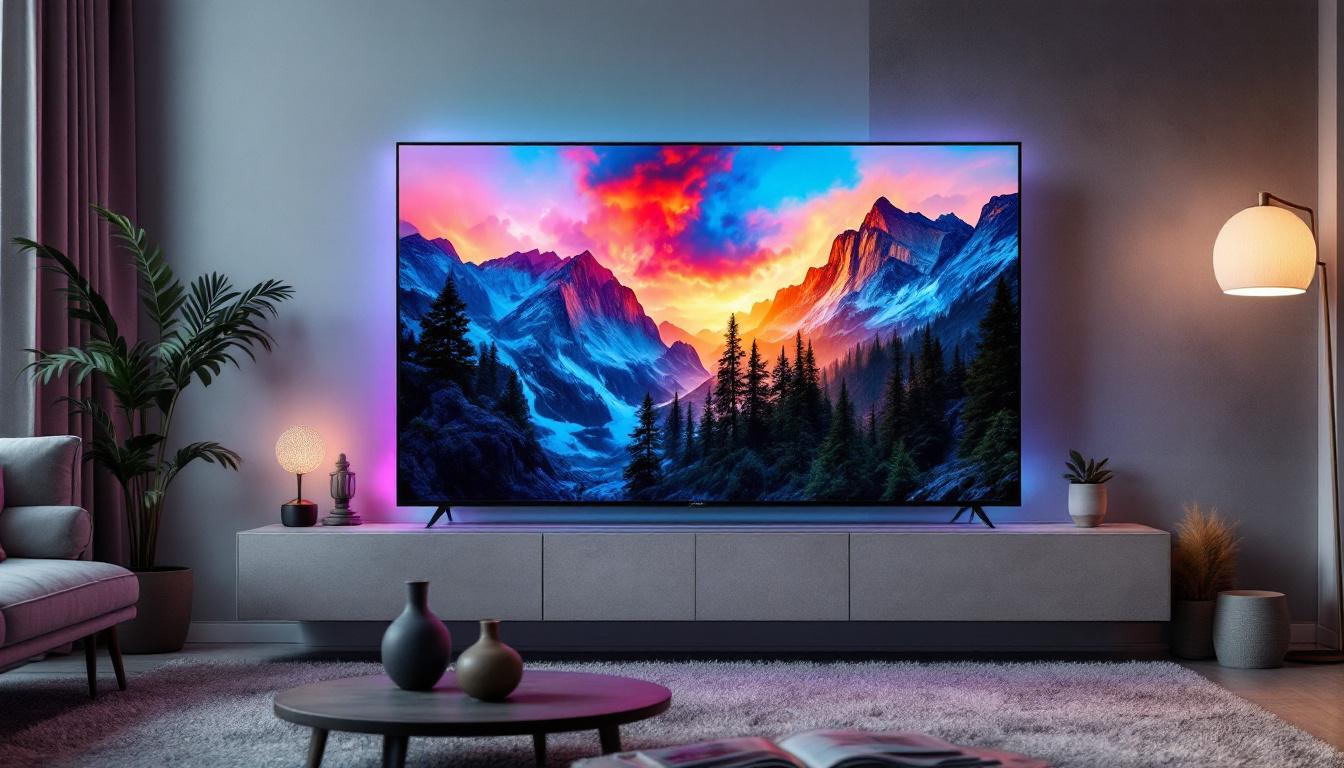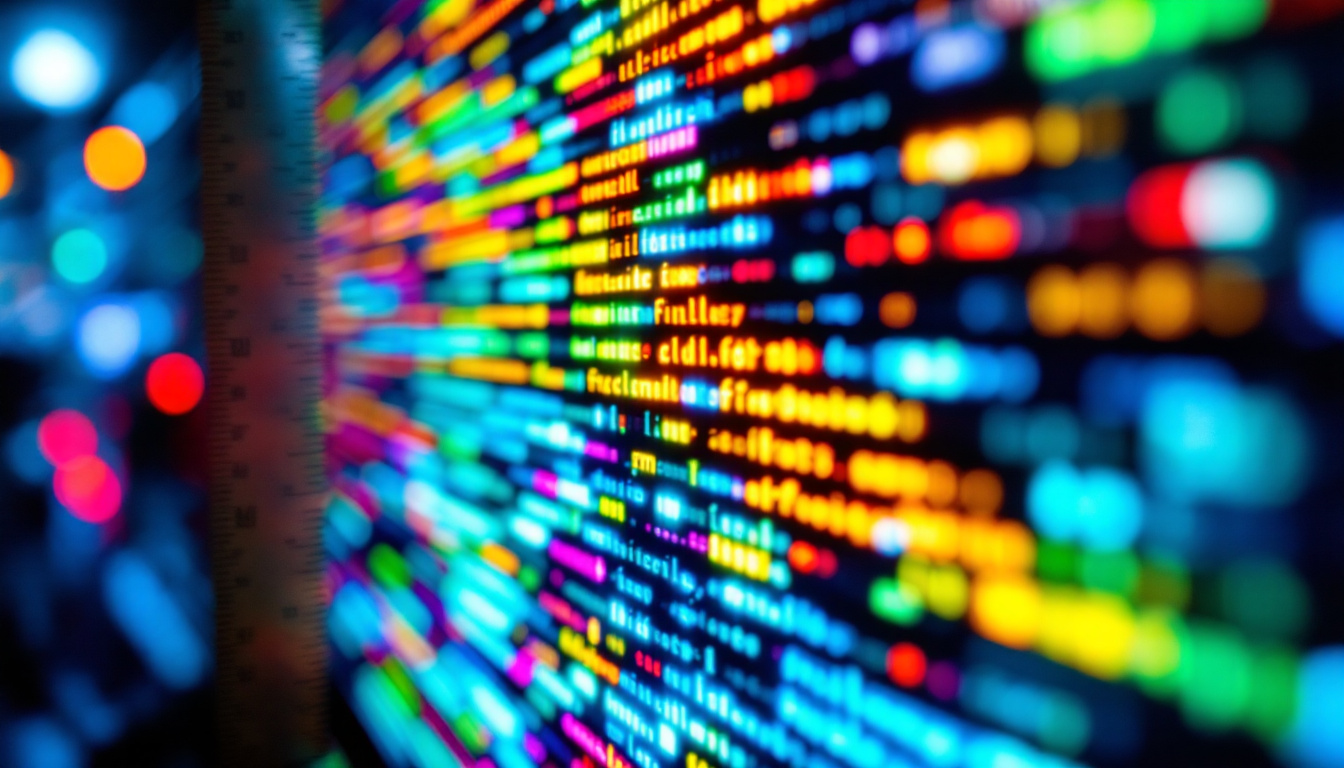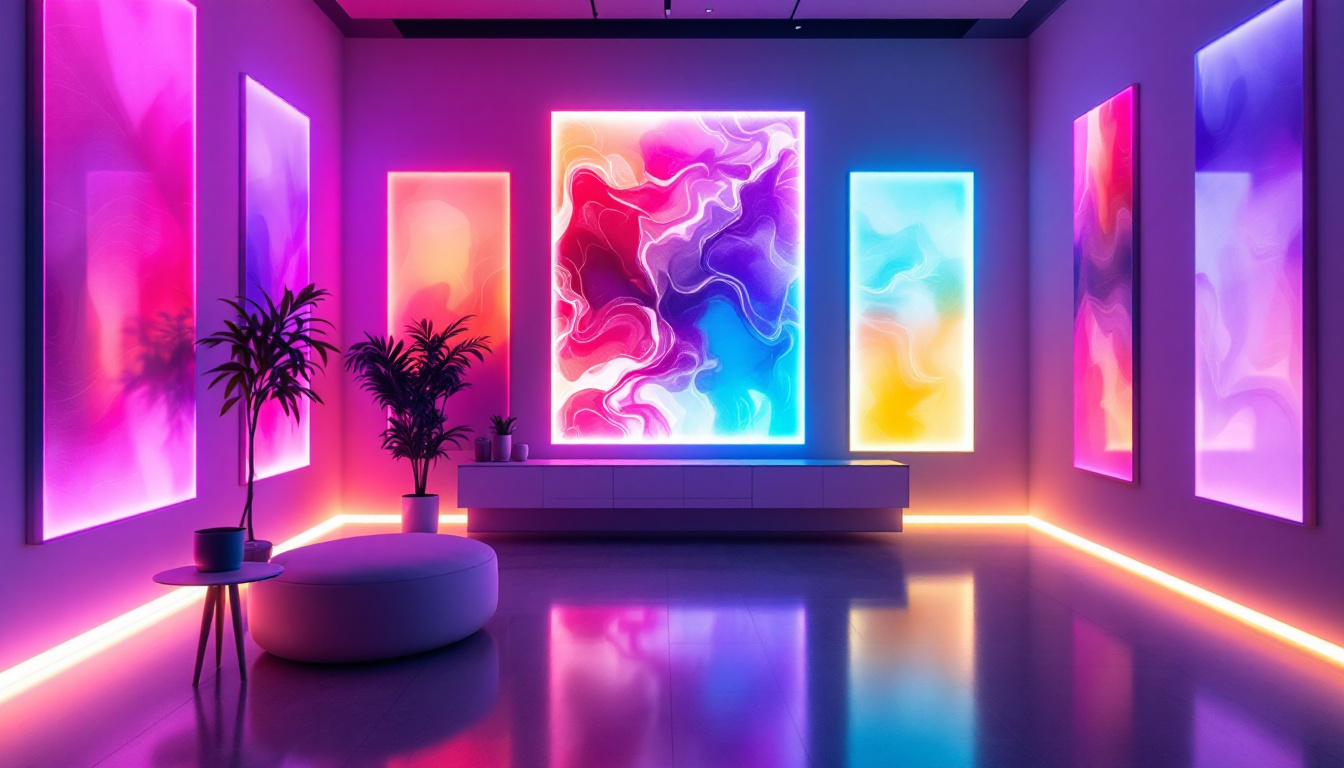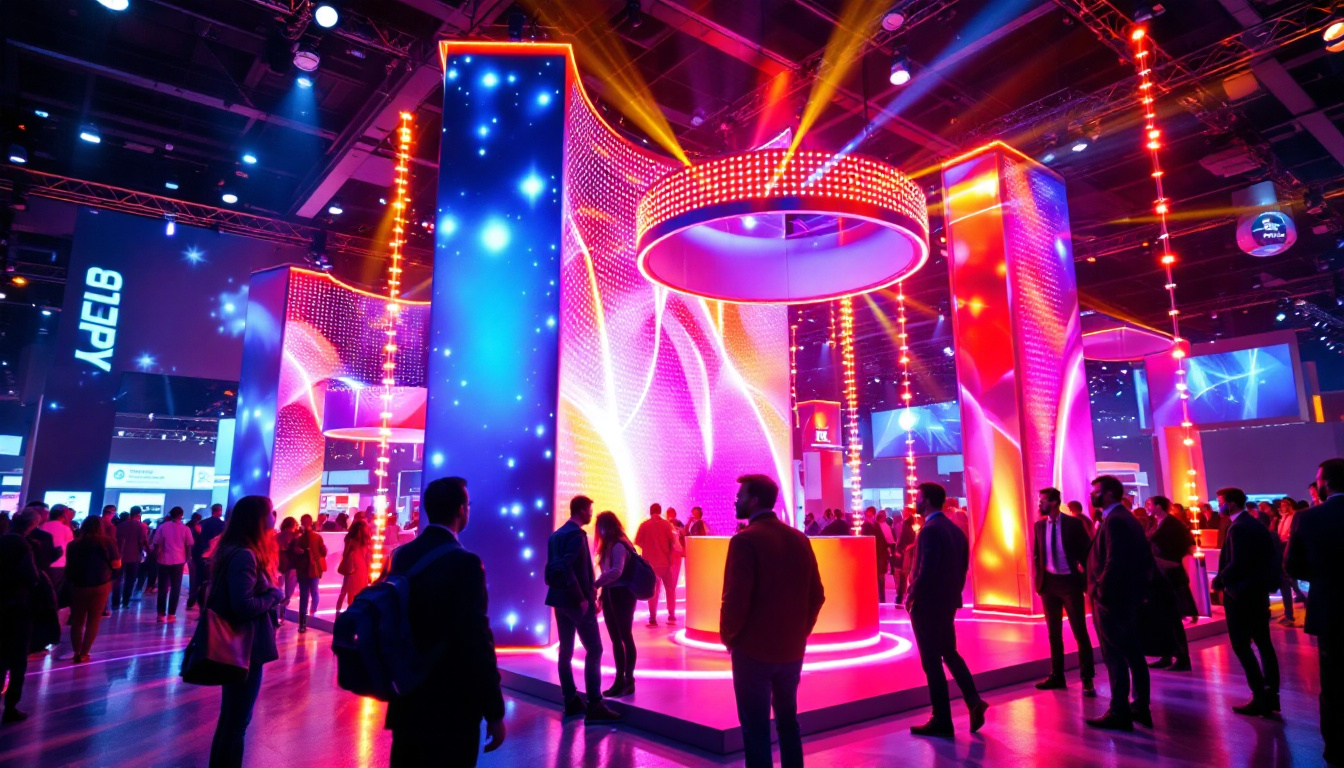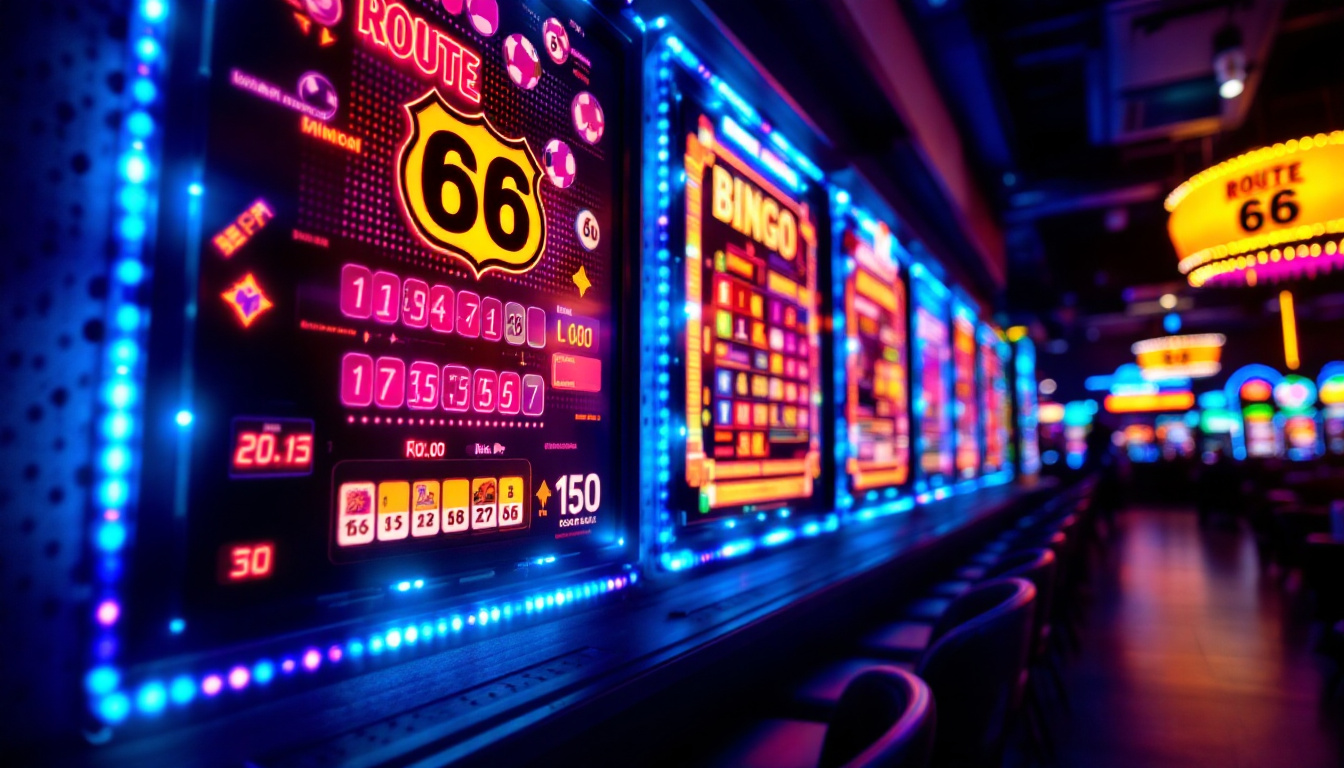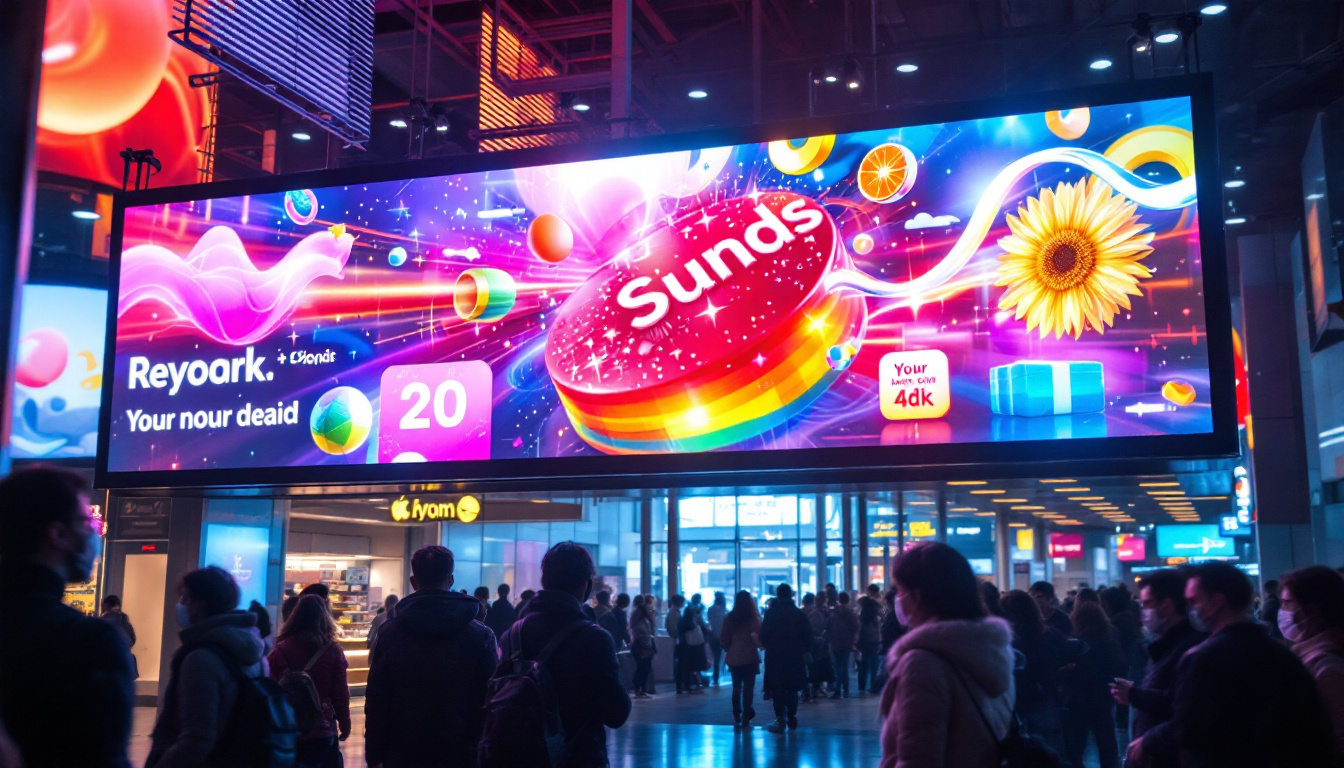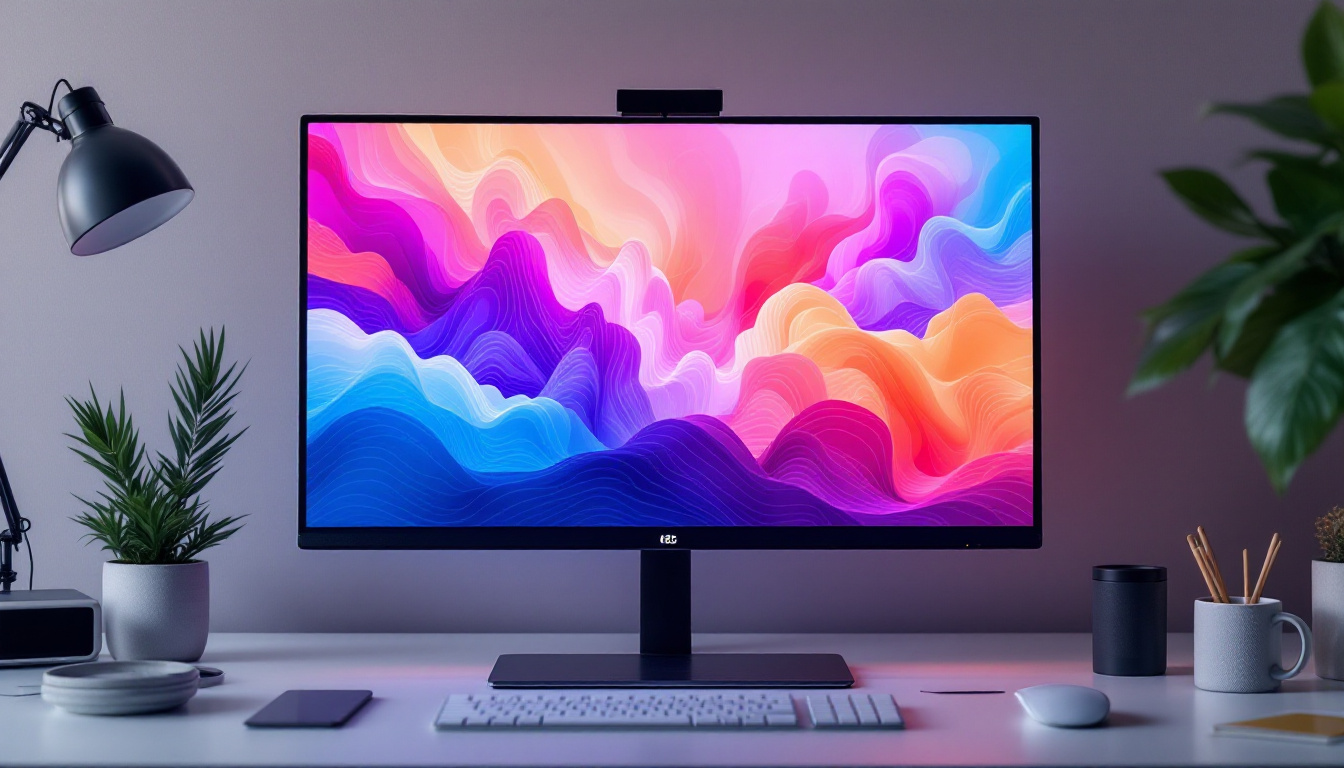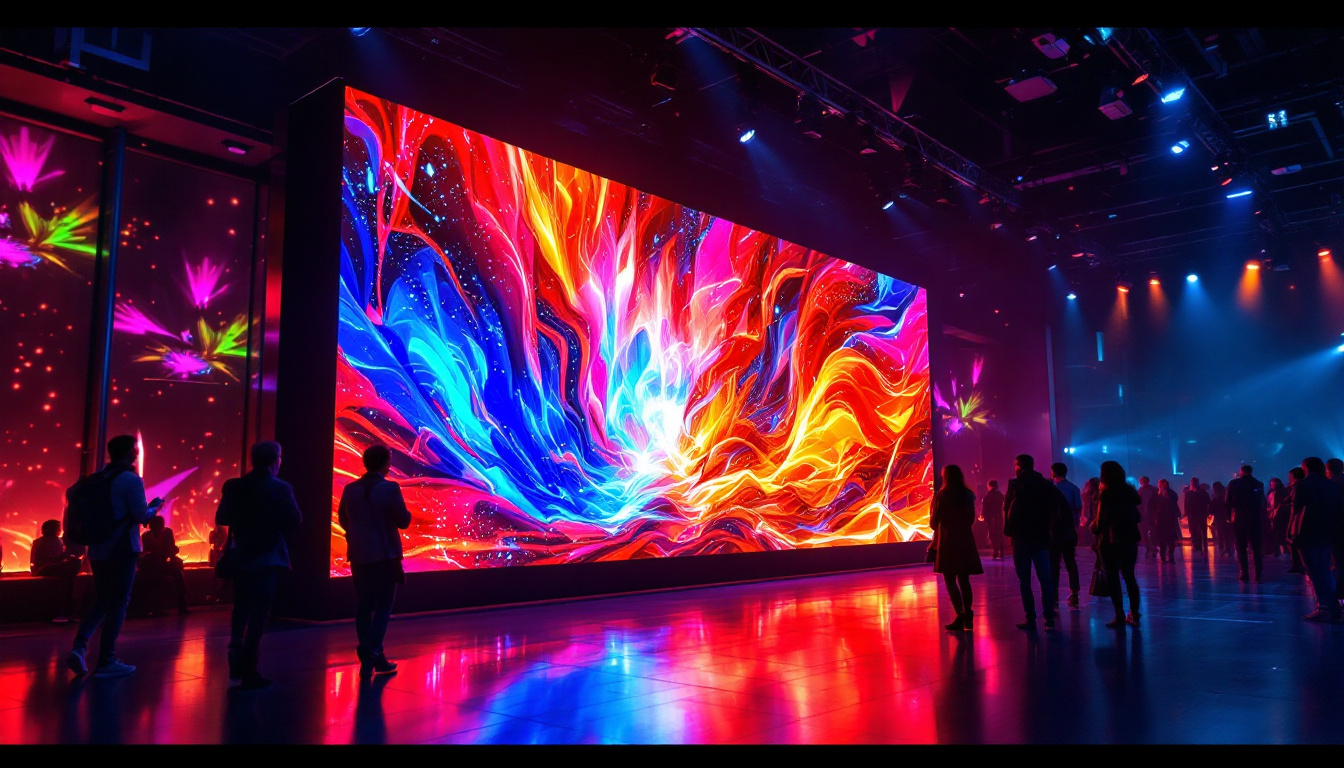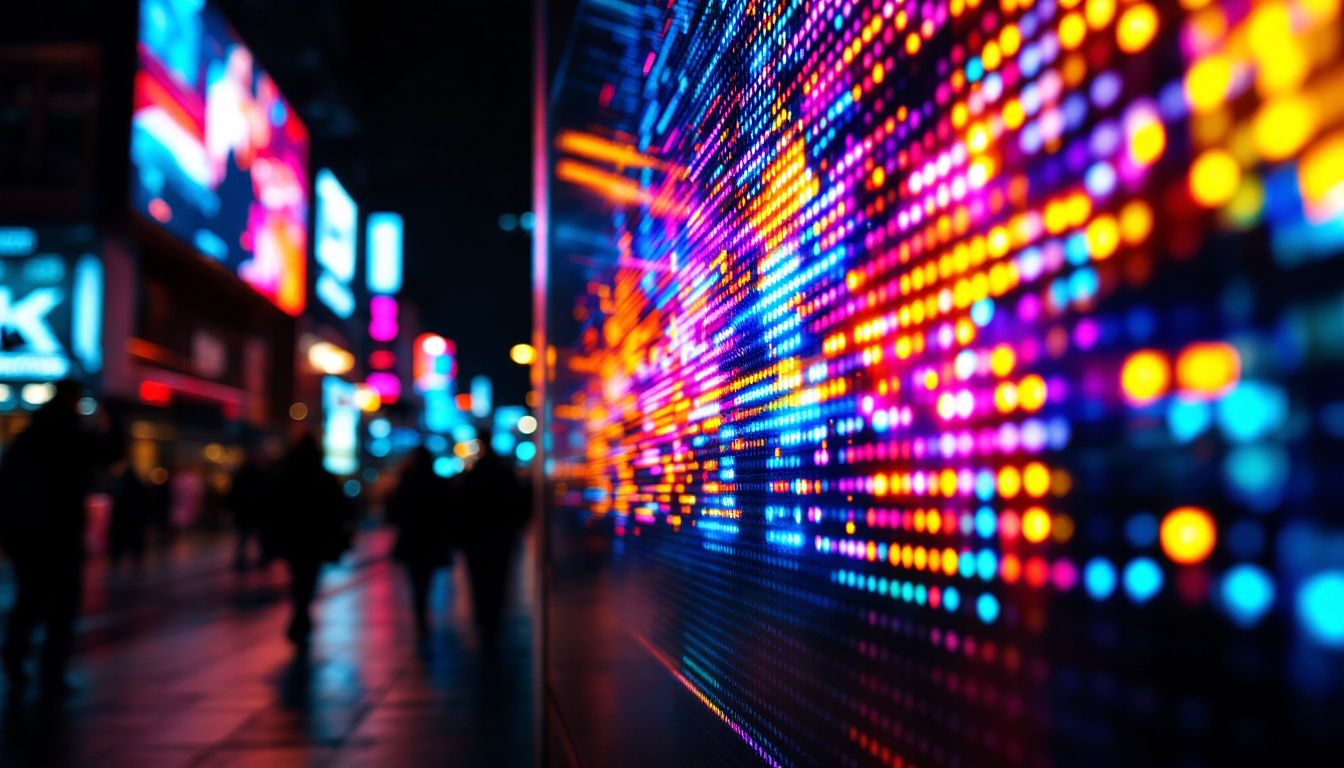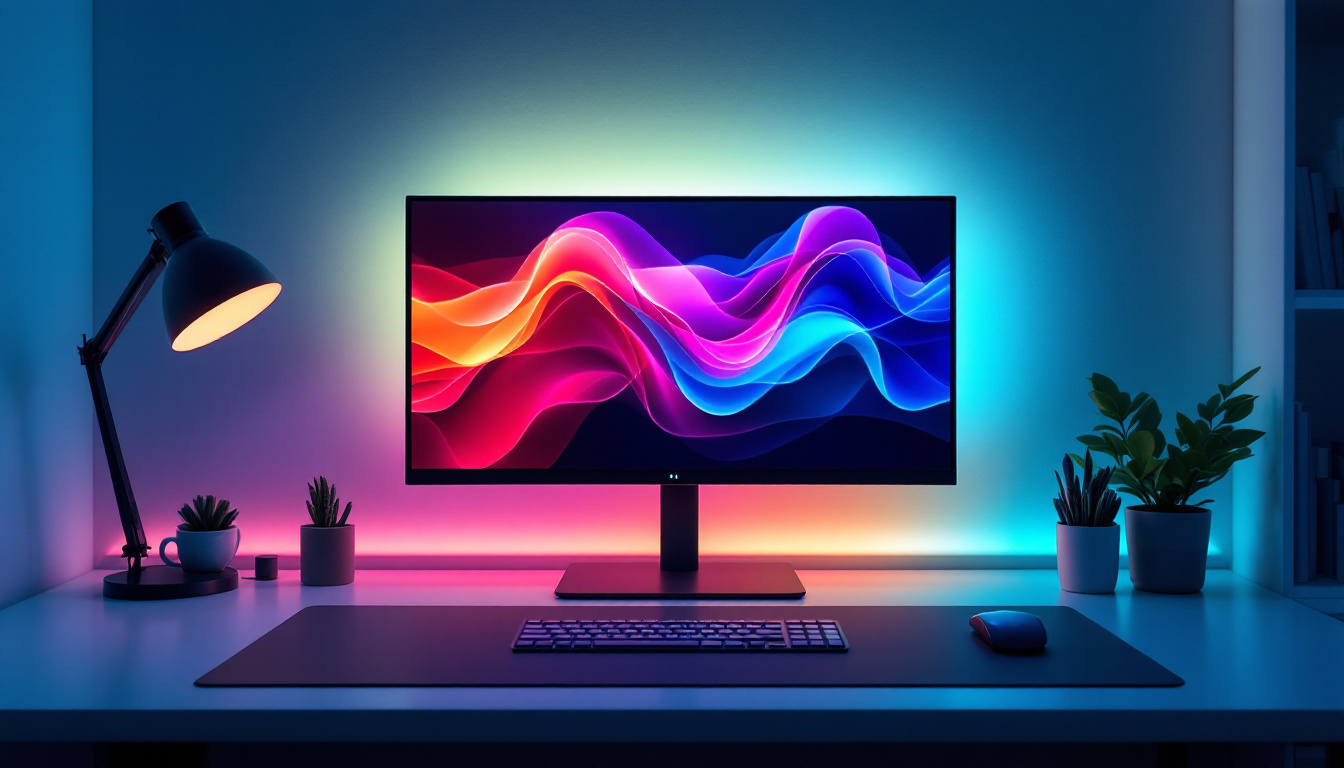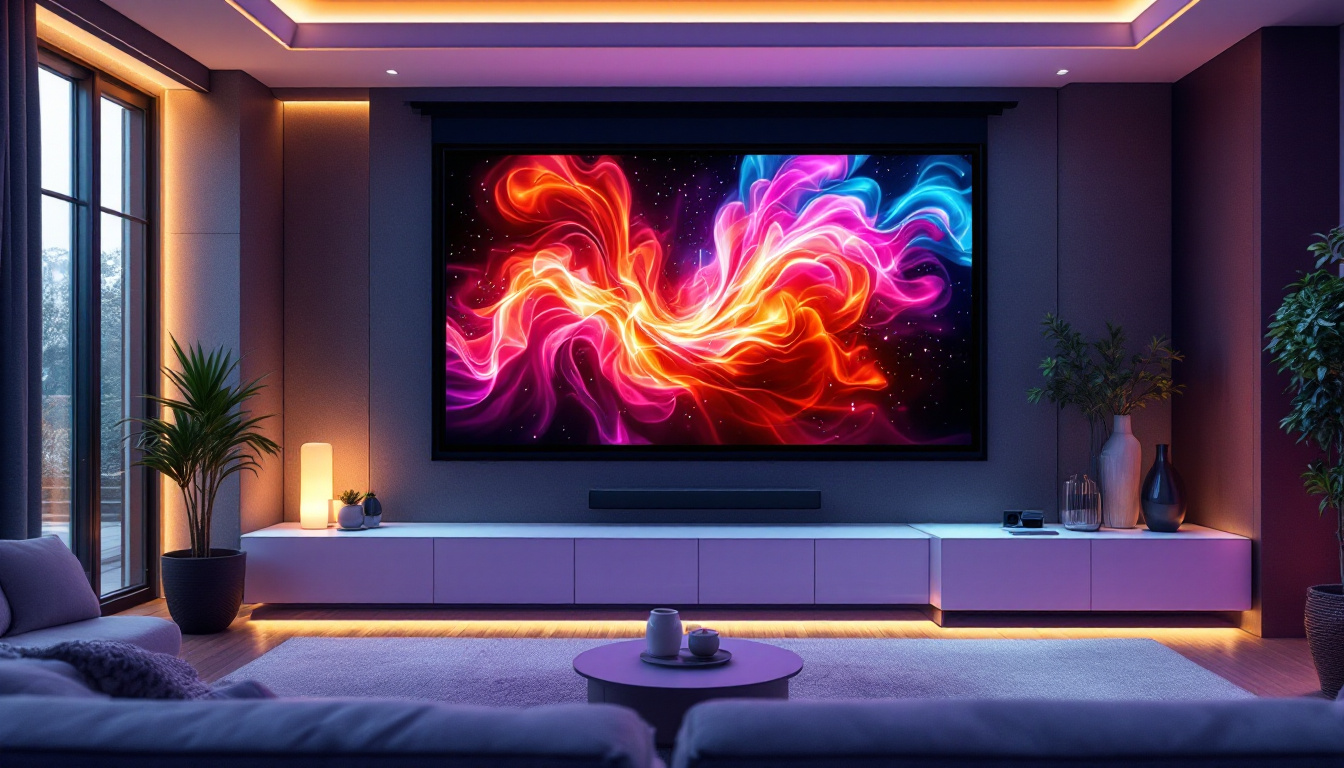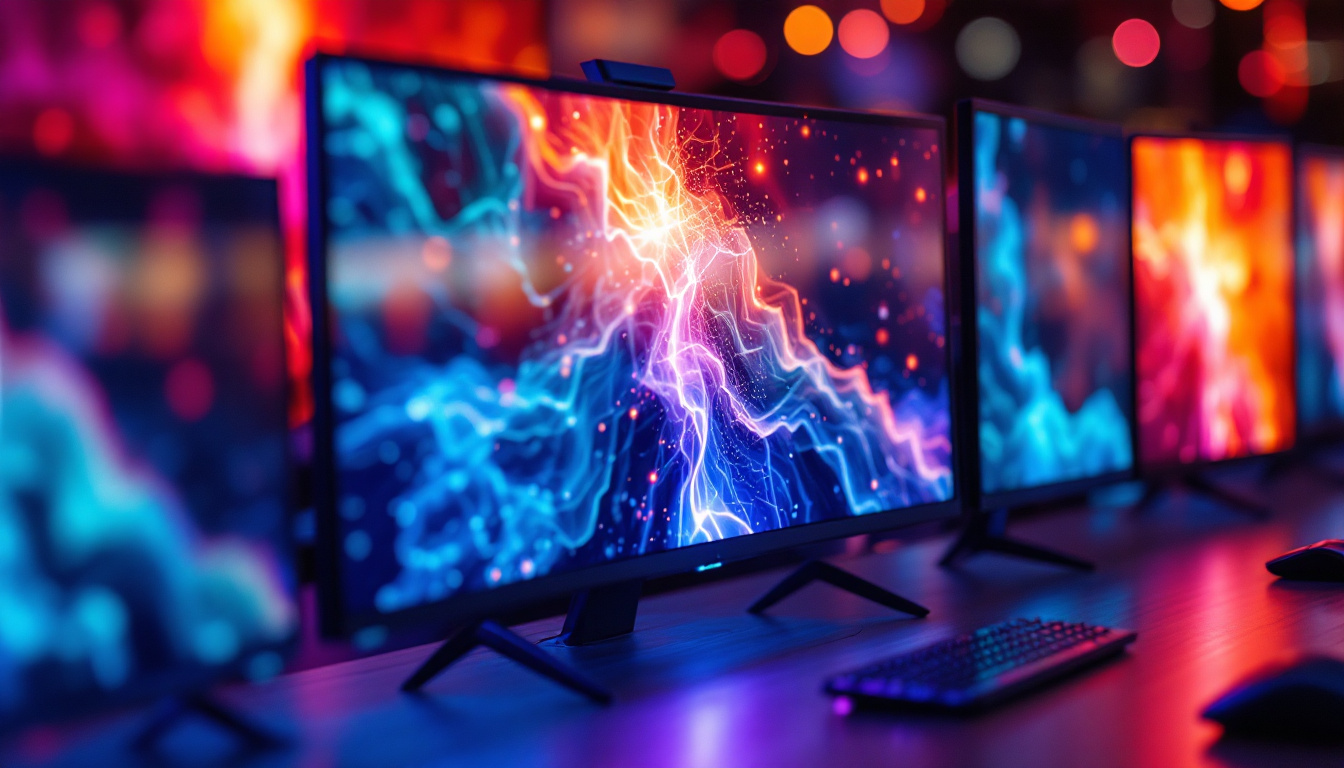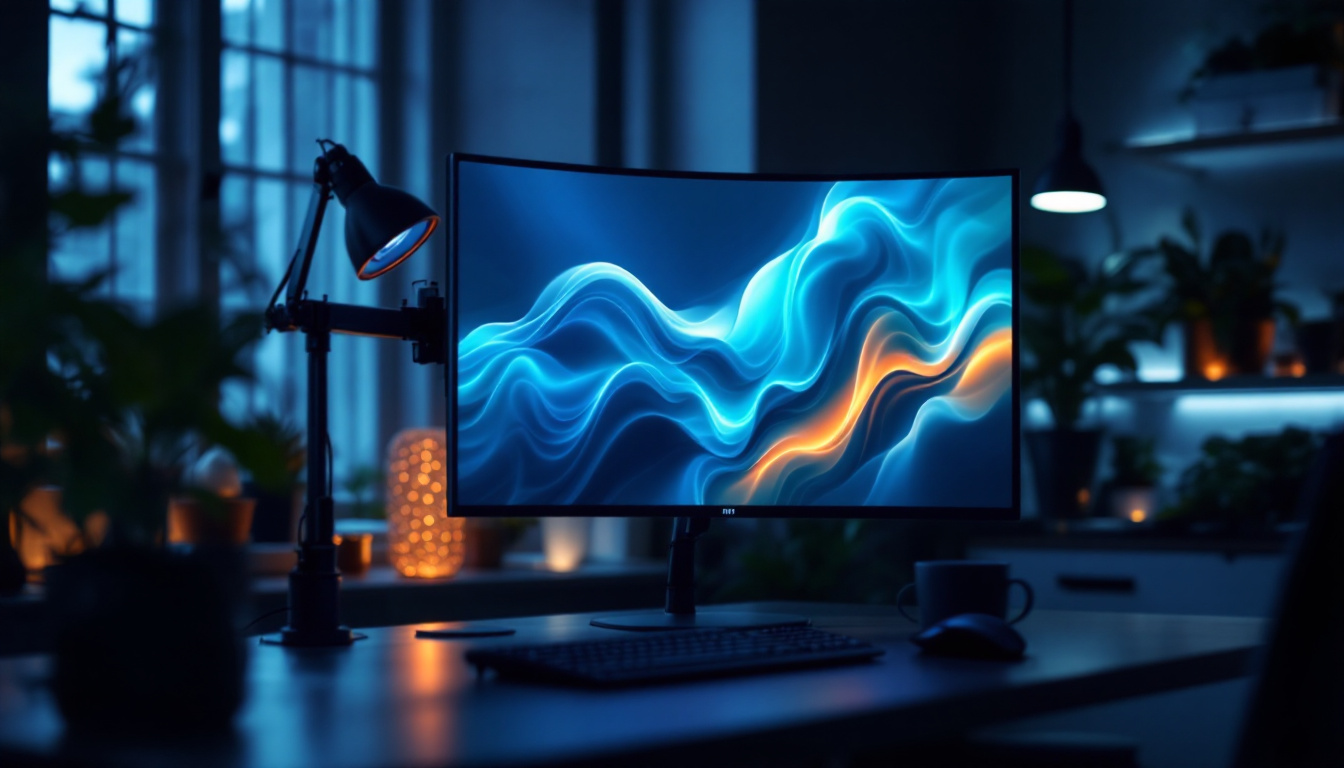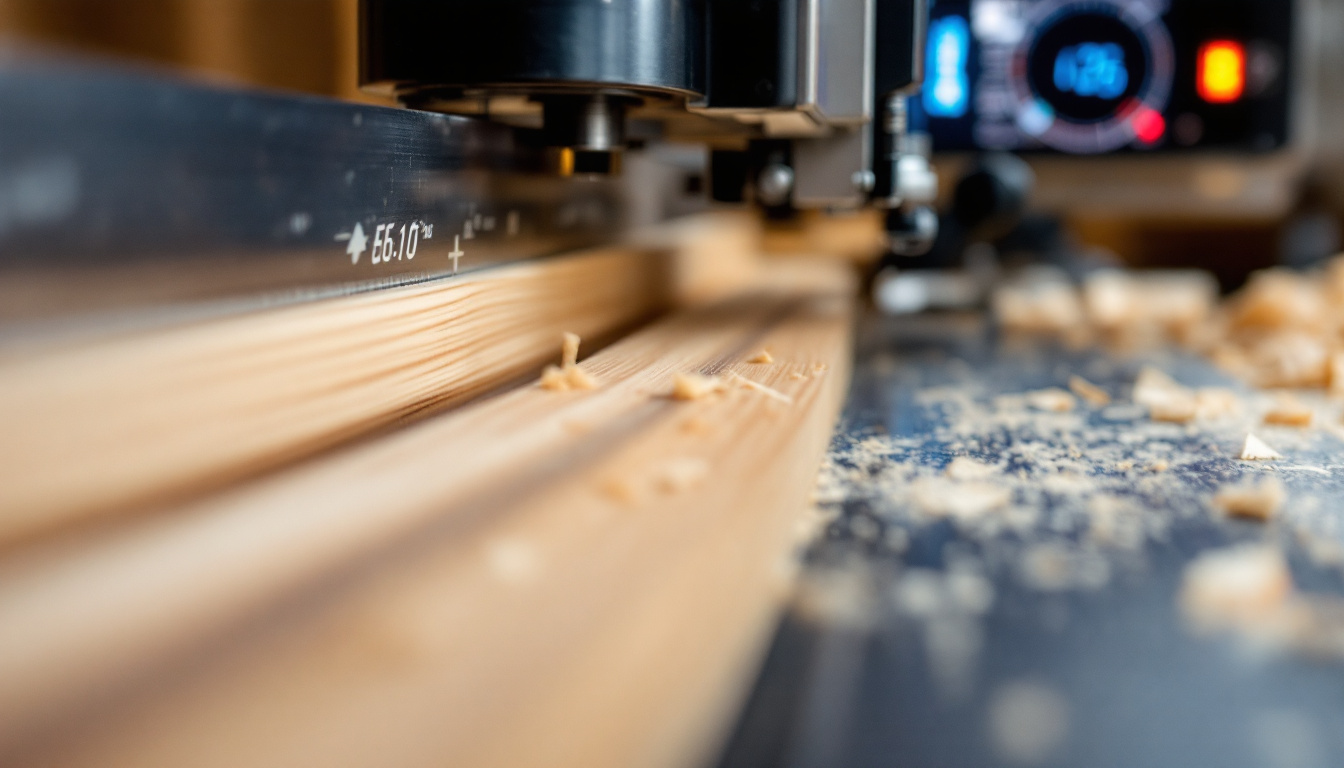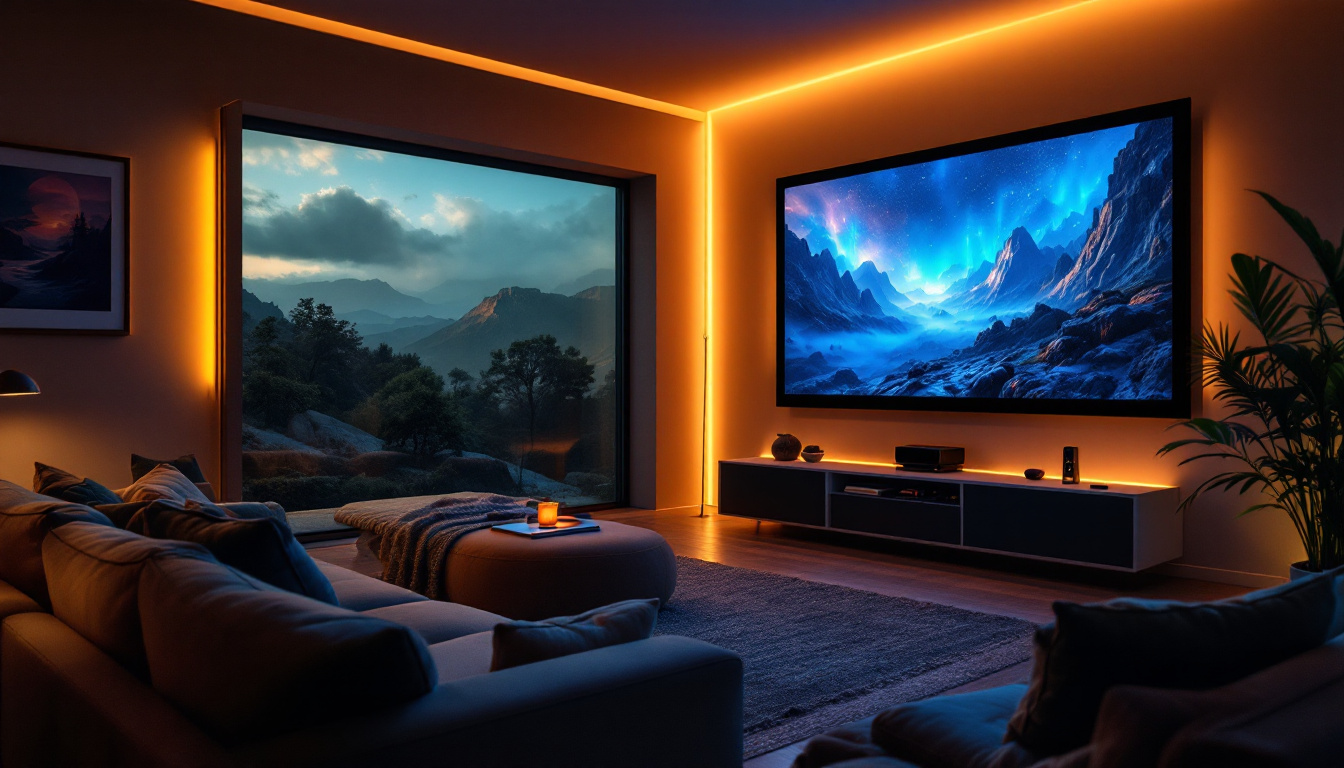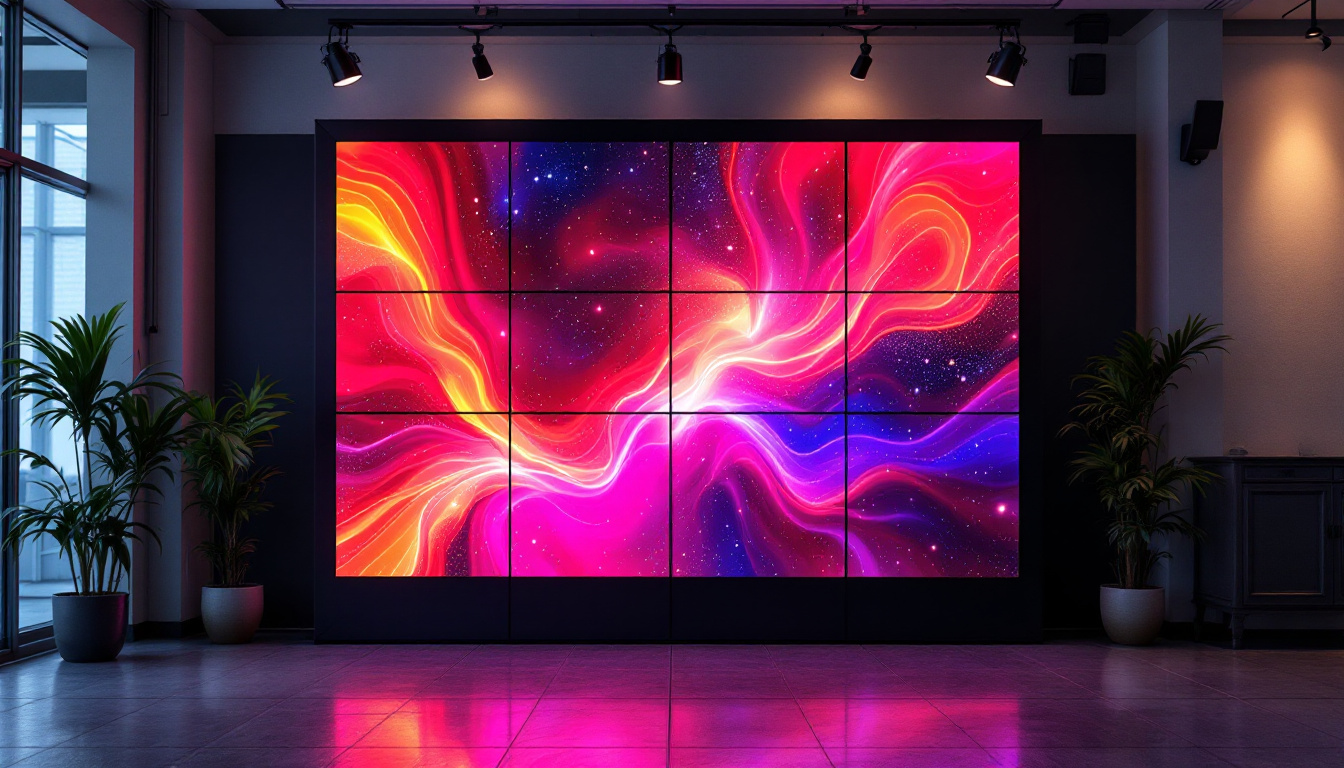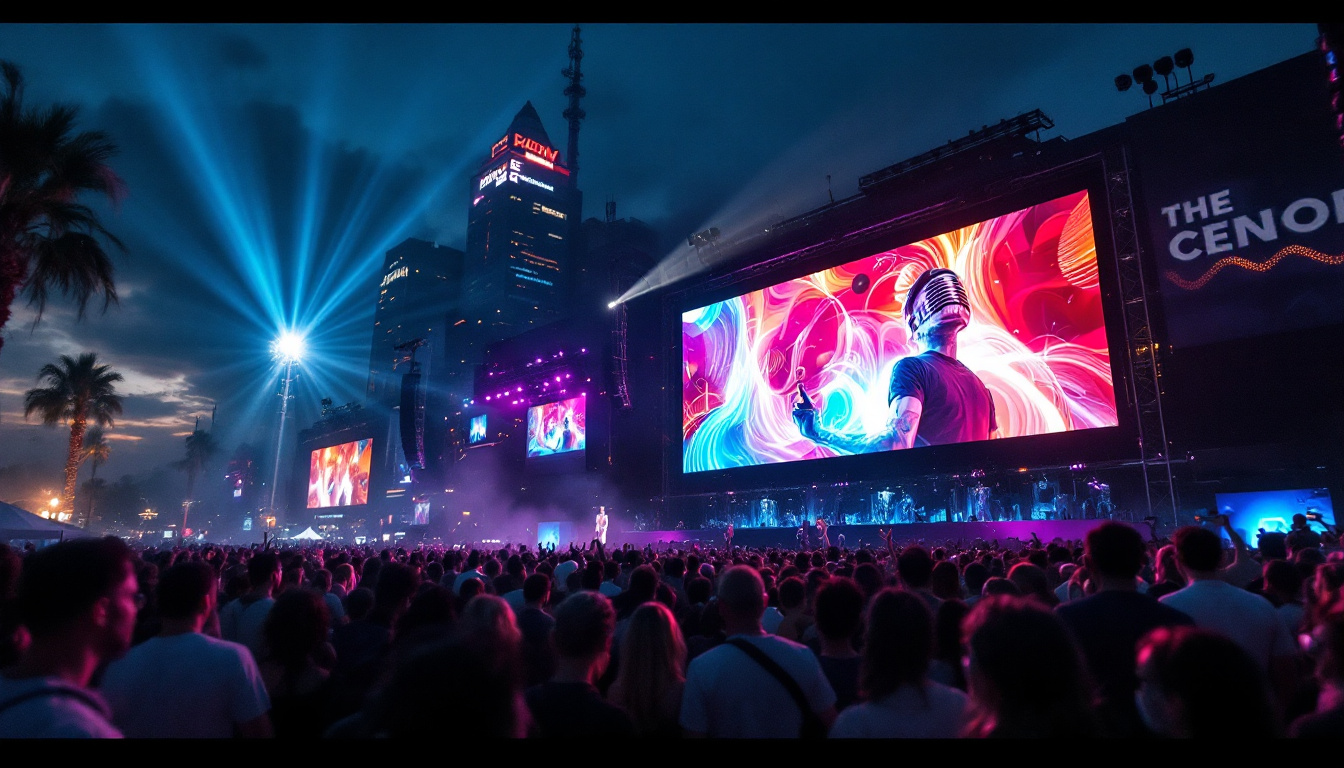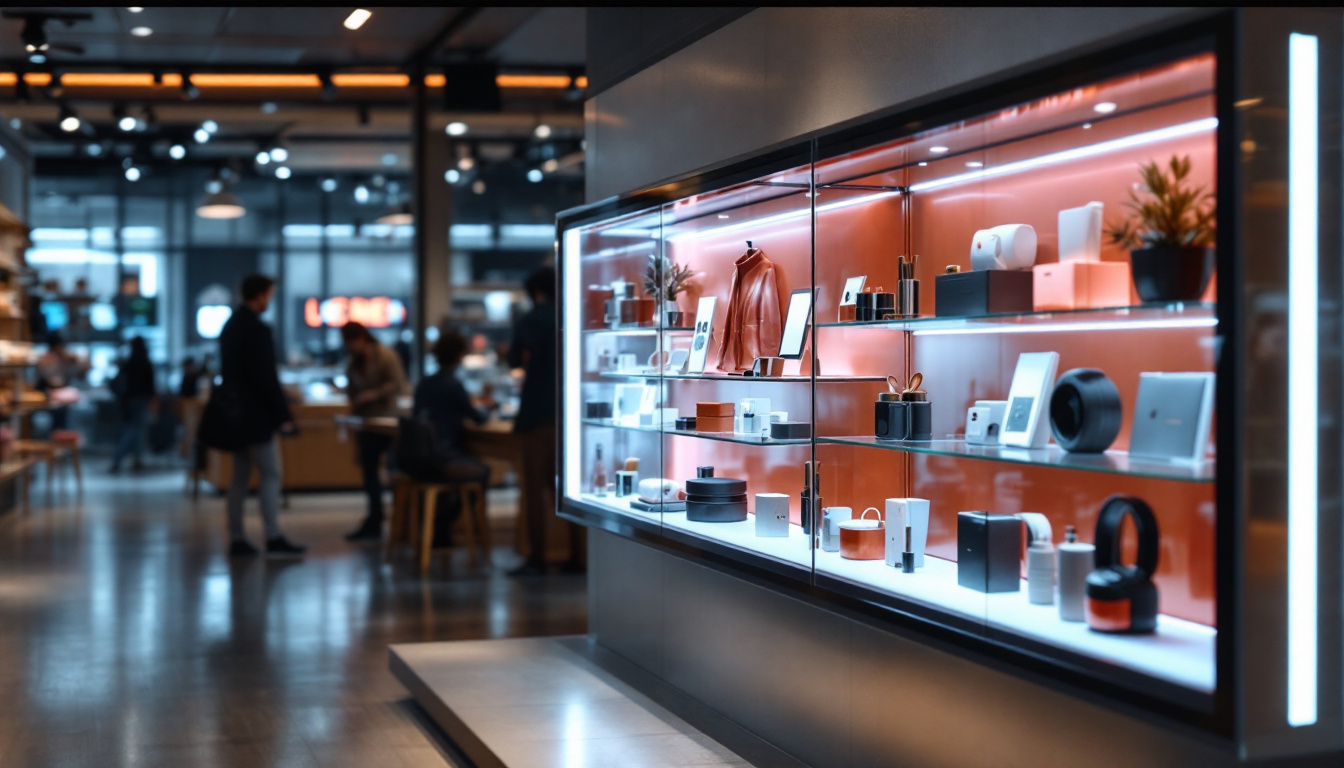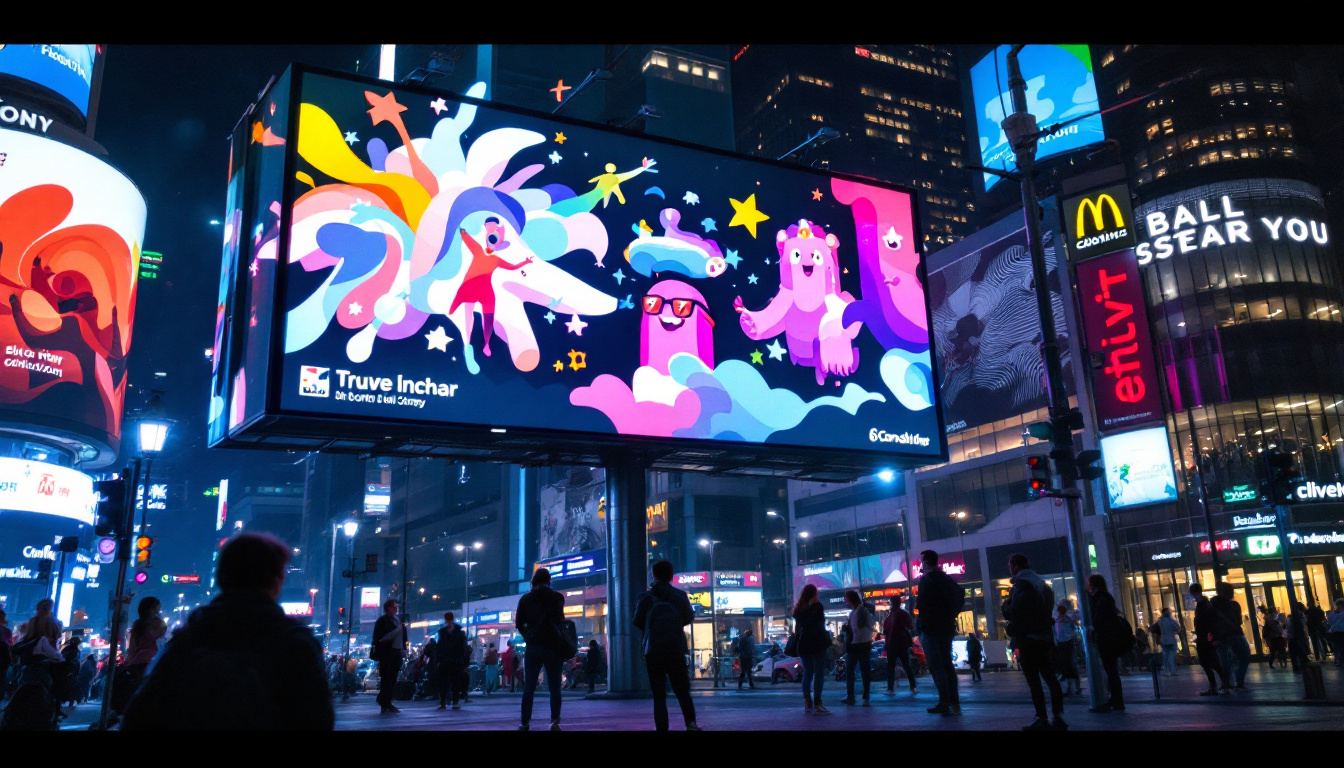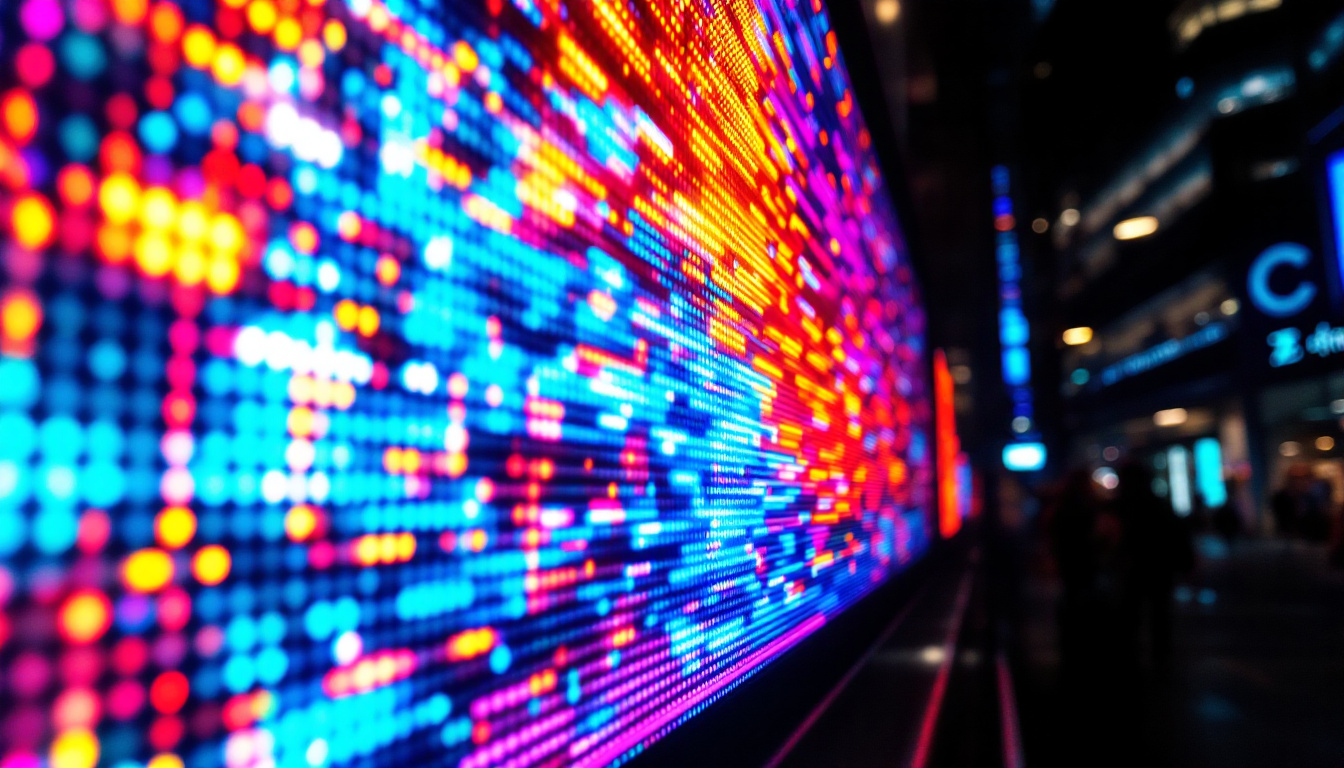In the rapidly evolving world of technology, the all-in-one desktop monitor has emerged as a popular choice for both home and office environments. Combining sleek design with powerful functionality, these devices offer users a compact solution that minimizes clutter while maximizing productivity. Central to this innovation is the LED display, a technology that has transformed the way we interact with screens. This article delves into the intricacies of all-in-one desktop monitors, focusing on the benefits and features of LED displays.
Understanding All-In-One Desktop Monitors
All-in-one desktop monitors integrate the computer’s components into the display unit, eliminating the need for a separate tower. This design not only saves space but also enhances aesthetic appeal. Users can enjoy a streamlined setup that is both functional and visually pleasing.
Design and Aesthetics
The design of all-in-one monitors is a significant factor in their popularity. With minimal cables and a sleek profile, these devices fit seamlessly into modern workspaces. Many manufacturers offer a variety of styles and colors, allowing users to select a model that complements their environment. Whether in a home office or a corporate setting, an all-in-one monitor can enhance the overall decor. Furthermore, some models feature adjustable stands or VESA mount compatibility, enabling users to customize their viewing angles and optimize ergonomics. This adaptability is particularly beneficial for those who spend long hours in front of their screens, as it helps reduce strain on the neck and eyes.
Performance and Functionality
Despite their compact size, all-in-one desktop monitors pack a punch in terms of performance. Equipped with powerful processors and ample RAM, these devices can handle demanding tasks such as graphic design, video editing, and gaming. Additionally, many models come with high-resolution displays, providing vibrant colors and sharp images that enhance user experience. The inclusion of solid-state drives (SSDs) in many all-in-one systems further boosts performance, leading to faster boot times and quicker access to applications. Moreover, many all-in-one monitors are equipped with advanced connectivity options, such as USB-C and Thunderbolt ports, allowing for seamless integration with a variety of peripherals. This versatility makes them ideal for both creative professionals and casual users who appreciate the convenience of a unified system.
The Role of LED Technology
LED (Light Emitting Diode) technology has revolutionized the display industry, offering numerous advantages over traditional LCD screens. Understanding how LED displays work and their benefits can help users make informed decisions when selecting an all-in-one desktop monitor. As technology continues to advance, LED displays are becoming increasingly integral to various applications, from personal computing to professional graphics work, enhancing both functionality and aesthetic appeal.
How LED Displays Work
LED displays utilize a series of tiny diodes that emit light when an electric current passes through them. These diodes can be arranged in various configurations, including edge-lit and backlit designs. In edge-lit displays, LEDs are positioned along the edges of the screen, while backlit displays feature a full array of LEDs behind the screen. This technology allows for greater control over brightness and contrast, resulting in superior image quality. Additionally, the rapid response time of LED technology minimizes motion blur, making it ideal for fast-paced gaming and video playback, where clarity and precision are paramount.
Benefits of LED Displays
LED displays offer several advantages that make them a preferred choice for all-in-one monitors:
- Energy Efficiency: LED displays consume less power than traditional LCDs, making them more environmentally friendly and cost-effective in the long run. This efficiency not only reduces electricity bills but also contributes to a smaller carbon footprint, appealing to eco-conscious consumers.
- Brightness and Color Accuracy: With higher brightness levels and better color reproduction, LED displays provide a more vibrant viewing experience, which is particularly beneficial for graphic-intensive tasks. The ability to display a wider color gamut ensures that images and videos appear more lifelike, enhancing the overall user experience.
- Thin Profile: The compact nature of LED technology allows for thinner monitors, contributing to the sleek design of all-in-one systems. This slim design not only saves desk space but also adds a modern touch to any workspace, making it an attractive option for both home and office environments.
Moreover, LED technology has paved the way for innovations such as HDR (High Dynamic Range), which further enhances the visual experience by providing deeper blacks and brighter whites. This feature is particularly advantageous for creative professionals who rely on accurate color representation for photo editing and graphic design. As the demand for high-quality displays continues to rise, manufacturers are constantly improving LED technology, leading to even more advanced features such as adaptive brightness, which adjusts the screen’s luminosity based on ambient light conditions, ensuring optimal viewing comfort at all times.
Key Features to Consider
When selecting an all-in-one desktop monitor with an LED display, several key features should be considered to ensure it meets individual needs and preferences.
Screen Size and Resolution
The screen size and resolution are critical factors that influence the overall user experience. Larger screens provide more screen real estate, making multitasking easier. Common sizes range from 21 to 34 inches, with resolutions varying from Full HD (1920 x 1080) to 4K (3840 x 2160). Higher resolutions offer greater detail, which is especially important for professionals in fields such as graphic design and video production. Additionally, the aspect ratio can also play a significant role; for instance, ultrawide monitors with a 21:9 aspect ratio can enhance productivity by allowing users to view multiple applications side by side without the need for a secondary monitor.
Connectivity Options
Connectivity is another essential aspect to consider. All-in-one monitors typically come equipped with various ports, including USB, HDMI, and DisplayPort. Some models also feature wireless connectivity options, enabling seamless integration with other devices. Ensuring that the monitor has the necessary ports for peripherals such as printers, external drives, and additional displays can enhance productivity. Furthermore, some advanced models may include USB-C ports, which provide faster data transfer speeds and the ability to charge connected devices, streamlining your workspace and reducing cable clutter.
Touchscreen Capabilities
Many modern all-in-one monitors offer touchscreen capabilities, providing an intuitive way to interact with applications and navigate the operating system. This feature can be particularly beneficial for creative professionals who rely on design software, as it allows for more precise control and a more engaging user experience. Touchscreen functionality can also enhance collaboration in a shared workspace, enabling multiple users to interact with the screen simultaneously during brainstorming sessions or presentations. Additionally, some monitors come with stylus support, further expanding creative possibilities for artists and designers who prefer a more hands-on approach to their work.
Popular Use Cases for All-In-One Monitors
All-in-one desktop monitors are versatile devices that cater to a wide range of users. From home offices to corporate environments, their applications are numerous and varied.
Home Office Setup
With the rise of remote work, all-in-one monitors have become a staple in home office setups. Their compact design saves space, while their performance capabilities ensure that users can handle tasks efficiently. Additionally, the aesthetic appeal of these monitors can enhance the overall look of a home office, making it a more pleasant environment for productivity.
Creative Professionals
For graphic designers, video editors, and other creative professionals, the high-resolution and color accuracy of LED displays are invaluable. The ability to view detailed images and vibrant colors allows for more precise work, leading to better results. Furthermore, the option for touchscreen functionality can streamline workflows, making it easier to manipulate designs and projects.
Business and Corporate Use
In corporate settings, all-in-one monitors are often used for presentations, meetings, and collaborative work. Their sleek design can enhance the professional appearance of meeting rooms, while their performance capabilities ensure that presentations run smoothly. Moreover, the ability to connect multiple devices can facilitate teamwork and collaboration among employees.
Maintenance and Care for LED Displays
To ensure the longevity and optimal performance of an all-in-one monitor with an LED display, proper maintenance and care are essential. Following a few simple guidelines can help keep the device in excellent condition.
Cleaning the Screen
Regular cleaning of the screen is crucial to maintain clarity and prevent dust buildup. It is advisable to use a microfiber cloth and a gentle cleaning solution specifically designed for screens. Avoid using harsh chemicals or abrasive materials, as these can damage the display.
Updating Software and Drivers
Keeping the operating system and drivers up to date is vital for optimal performance. Manufacturers often release updates that enhance functionality and fix bugs. Regularly checking for updates ensures that the monitor operates smoothly and efficiently.
Proper Placement and Ventilation
Ensuring that the monitor is placed in a well-ventilated area can help prevent overheating. Avoid placing the monitor in direct sunlight or near heat sources, as excessive heat can negatively impact performance and longevity. Additionally, maintaining a clean workspace can prevent dust and debris from accumulating around the monitor.
Conclusion: The Future of All-In-One Monitors
As technology continues to advance, all-in-one desktop monitors with LED displays are likely to become even more prevalent. Their combination of sleek design, powerful performance, and energy efficiency makes them an attractive option for a wide range of users. Whether for home, business, or creative endeavors, these devices offer a versatile solution that meets the demands of modern life.
Investing in an all-in-one monitor can enhance productivity, streamline workflows, and provide an engaging user experience. As new innovations emerge, users can expect even greater capabilities and features, solidifying the all-in-one desktop monitor’s place in the future of computing.
Discover the Future of Visual Engagement with LumenMatrix
Ready to elevate your space with the latest in LED display technology? LumenMatrix is at the forefront of creating immersive visual experiences that captivate and communicate with unparalleled clarity. Explore our diverse range of LED display solutions, from the sleek All-in-One LED Display to the dynamic Outdoor LED Wall Display, and discover how our innovative products can transform your business, home, or event. Check out LumenMatrix LED Display Solutions today and step into the future of digital signage.

